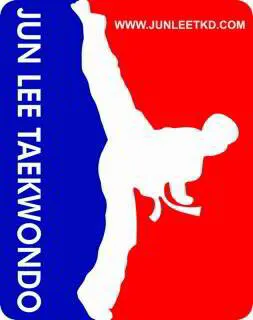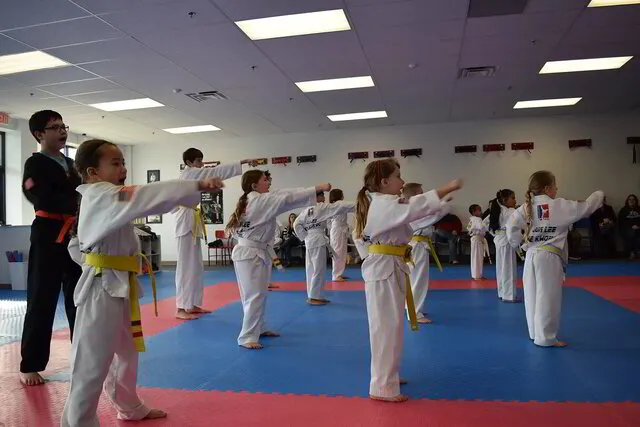The History of Taekwondo
Taekwondo has a long history in Korea. Soo Bak is a combat technique from Asia that began as a Tae Kyon martial art and eventually became known as Soo Bak. Koguryo soldiers used these techniques and subsequently taught them to the legendary Hwarang of Silla.
Korea's early history includes walled city-states and rural communities which developed into confederated kingdoms - each loosely ruled by a central entity. These earlier civilizations were often influenced by and engaged with the Chinese. Finally, after many years, a confederation of three powerful kingdoms emerged and created a time of cultural, political, and military advancements. This era is historically significant because it was when Taekwondo began, and much of the martial tradition we see today came into being
The History of Taekwondo
Silla and Paekche evolved into the third and fourth kingdoms to the south. Silla eventually prevailed over its competitors and unified the Korean Peninsula under a single flag. The kingdom of Silla was distinguished for its renowned Hwarang or "Flower of Manhood." They primarily trained as a military force, but they also represented the greatest virtues. They followed the five secular precepts of Buddhist monk Won'gwang (precepts):
● Loyalty to the King
● Respect and obedience to parents
● Fidelity in friendship
● Never retreat in battle
● Never make an unjust kill
These principles have survived throughout the test of time and greatly influenced Taekwondo practitioners.
The Silla dynasty, which had ruled Korea for a thousand years, was not to last. Following two centuries of rule, the country fractured once again. However, by the time the 10th century ended, Korea unified again. Koryo was the name given to this new kingdom.
In the late fourteenth century, the Yi dynasty took power and remained until the twentieth century. Then, martial arts practice decreased due to technological advancements such as gunpowder. Traditional martial arts were eventually outlawed. Soo-bak lived on, but only because practitioners passed it down from master to apprentice in secret, even at the risk of imprisonment.
However, Japanese karate certainly profoundly influenced modern Taekwondo, thanks to the martial artists incorporating aspects of it into the traditional Korean style.
Korean martial arts began to resurface after the Korean War ended. These fighting styles had a variety of names at the time. Kwon Bop, Soo Bak Do, Tang Soo Do, and Hwarang Do are just a few. Unfortunately, rivalry caused the split in Korean martial arts. It prevented unified Korean art from being established until 1957, and Taekwondo became the most widely recognized name.
The Korean Tae Kwon Do Association, founded in 1961, paved the way for masters from the country to go all around the world to spread the self-defense martial art style. The World Taekwondo Federation was formed in 1973 to oversee the art's development. Taekwondo got introduced as a demonstration sport at the Olympic Games in 1988. In 2000, it officially became an Olympic sport.
New Student Special Offer
Get 3 FREE Trial Classes
For a limited time only, enjoy 3 FREE Trial Classes!

